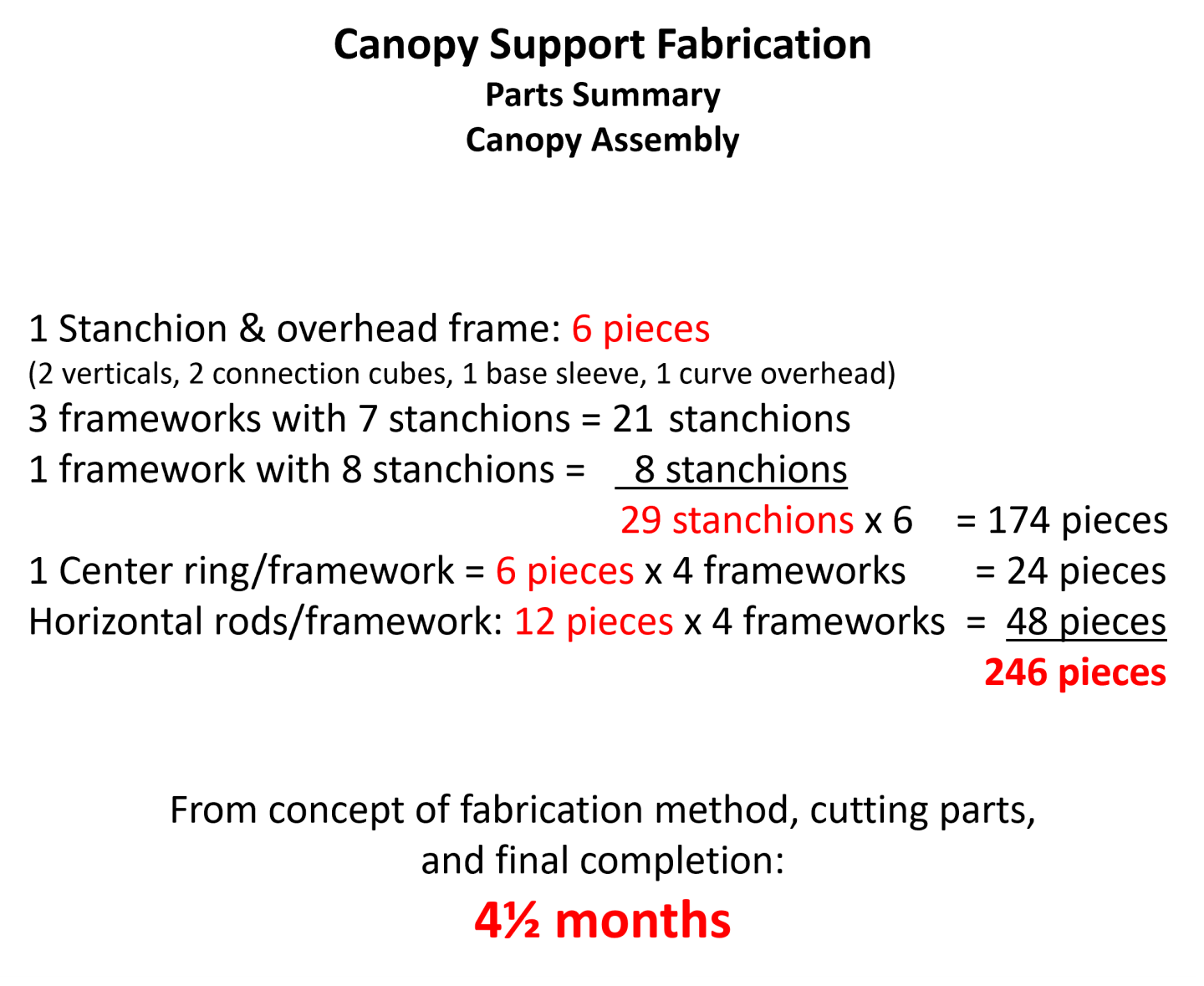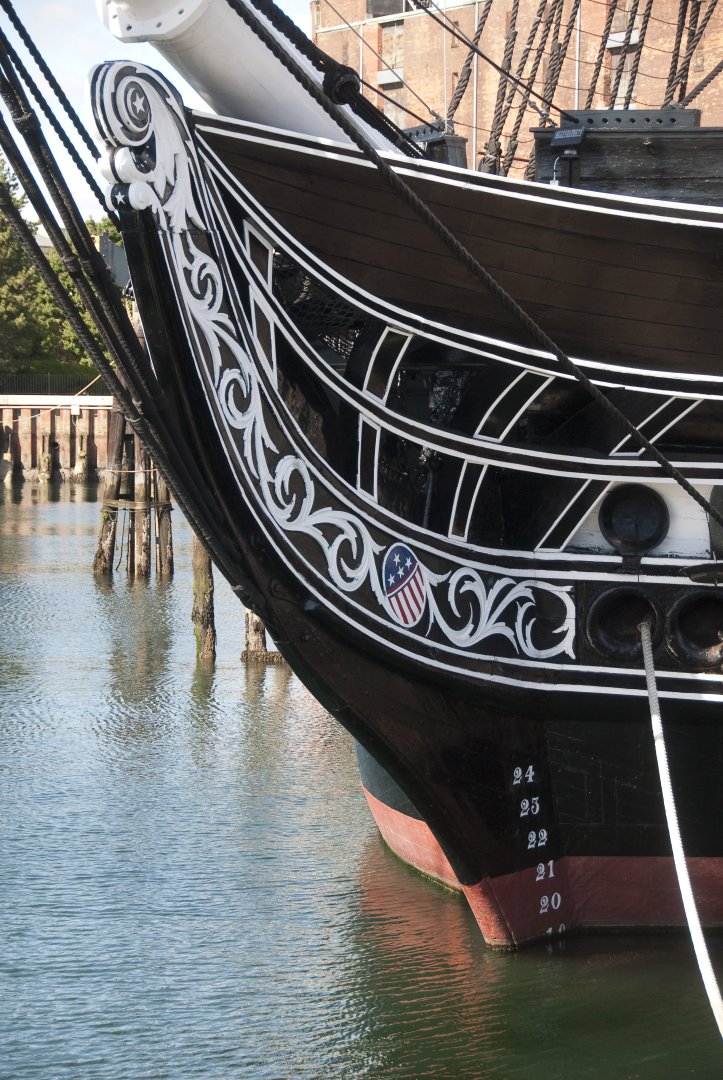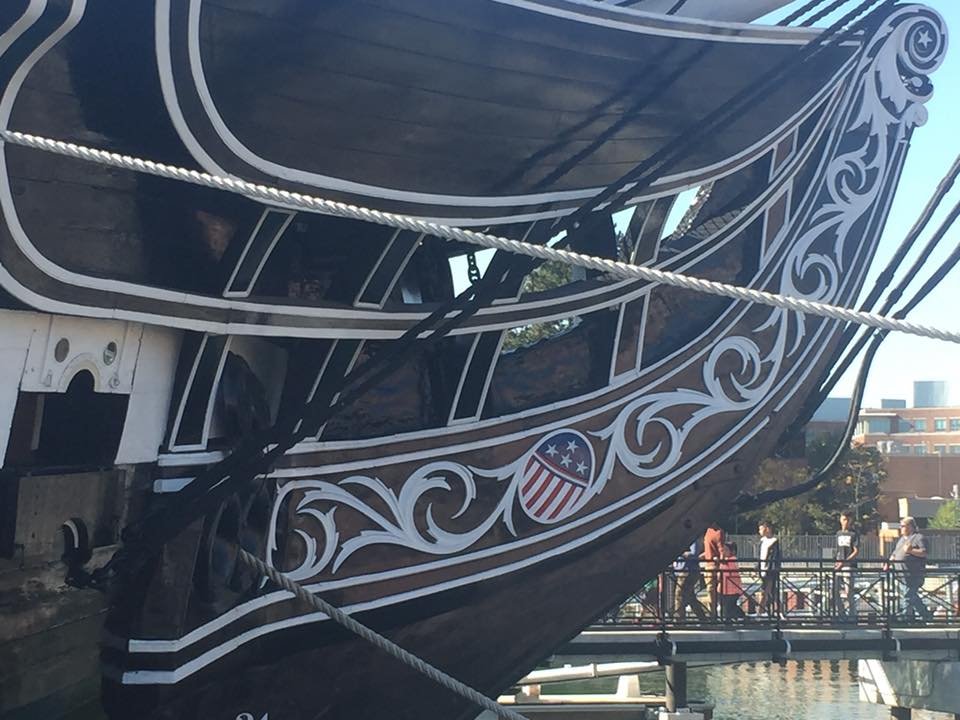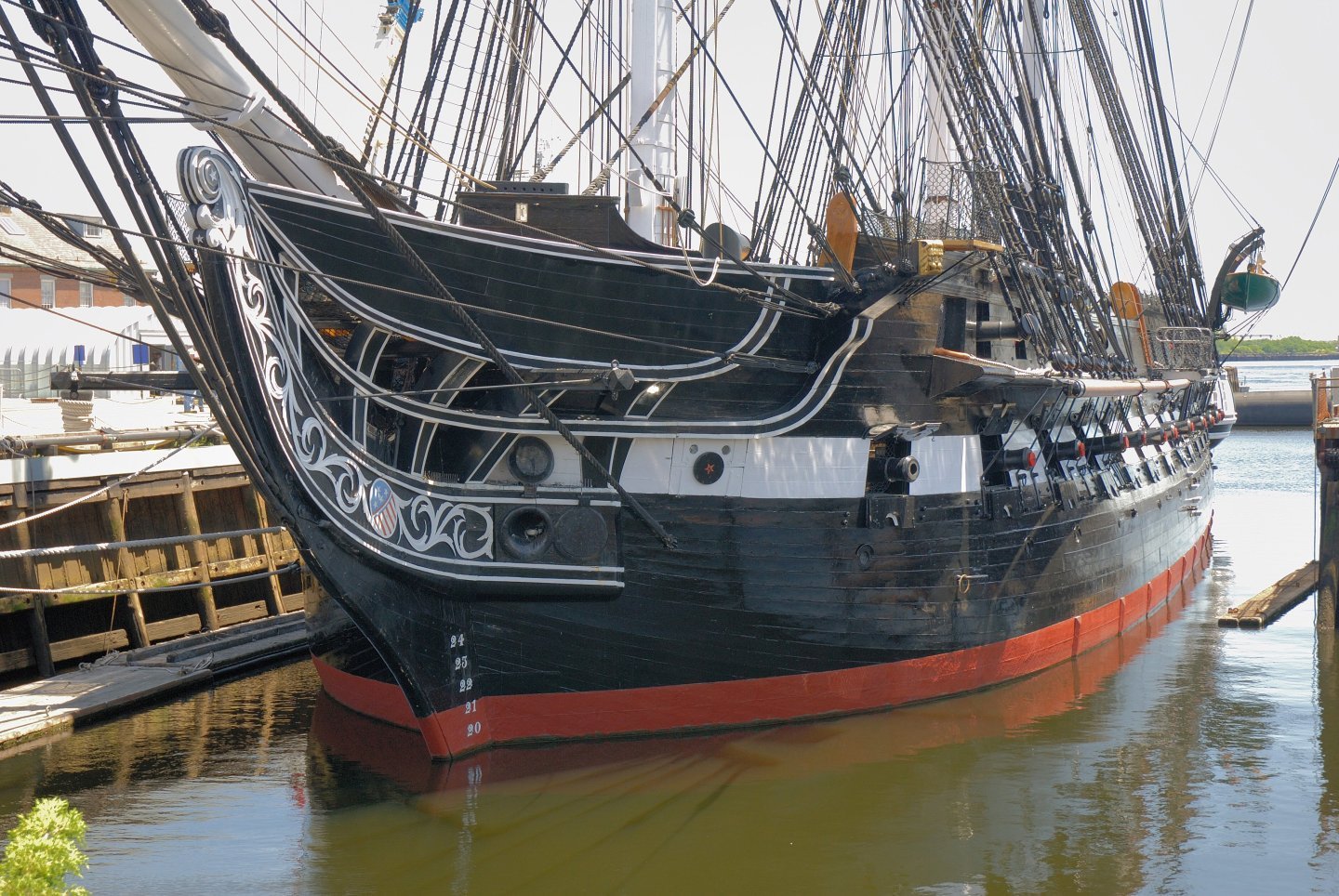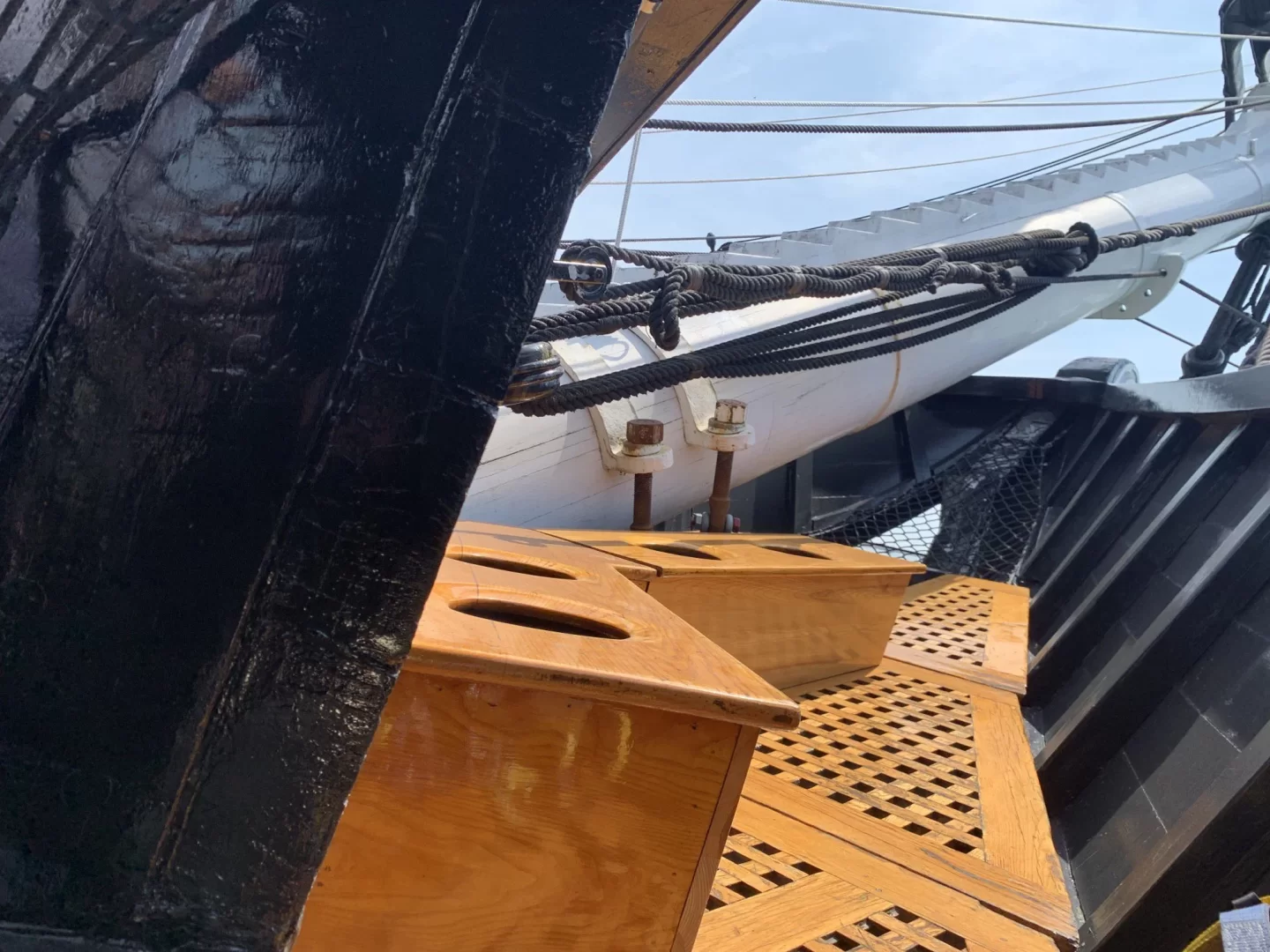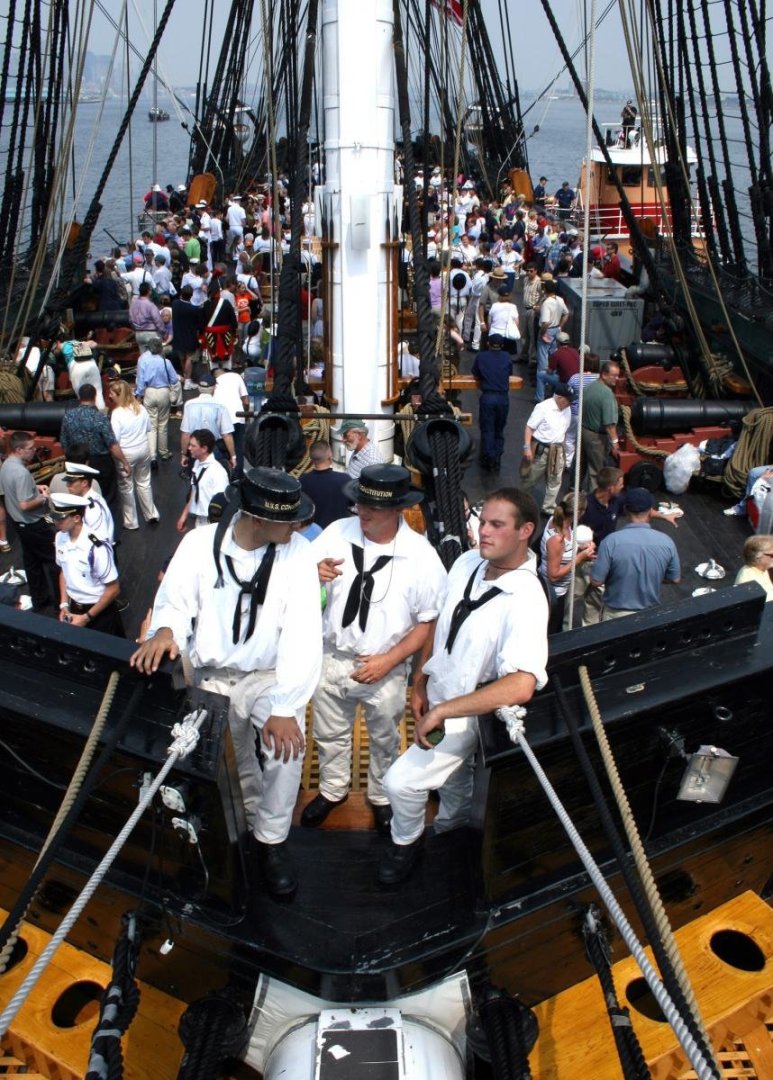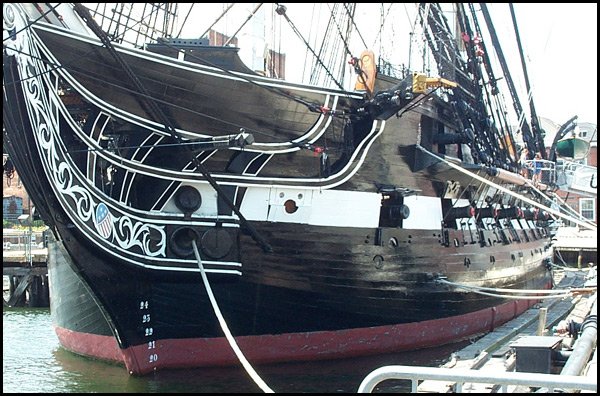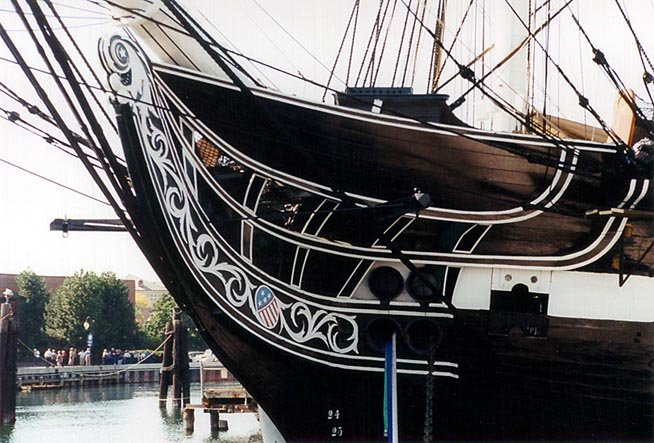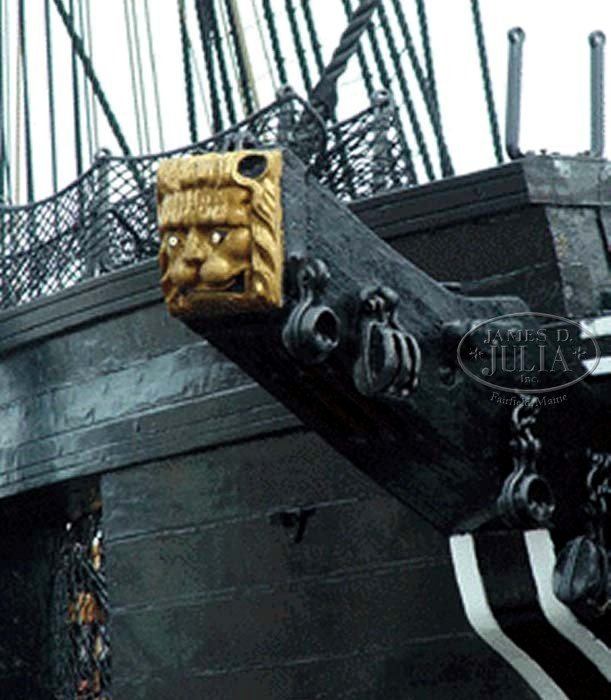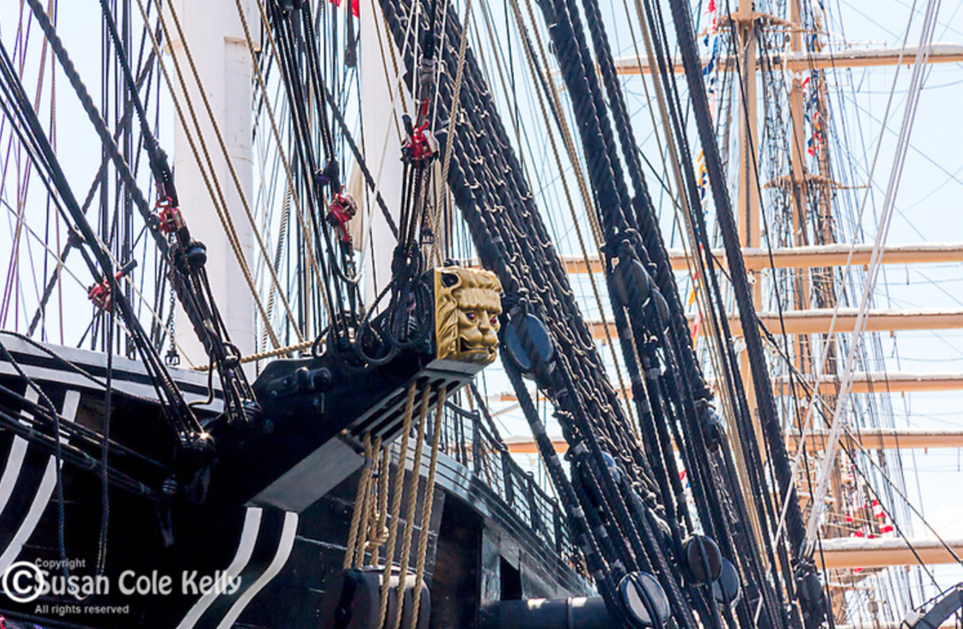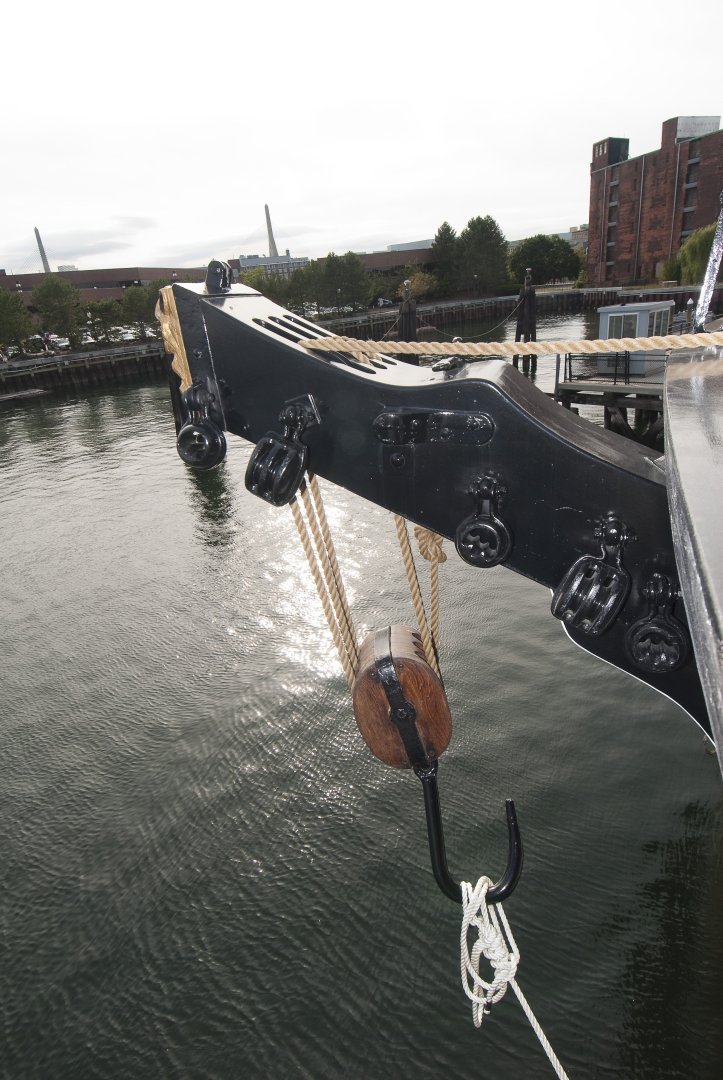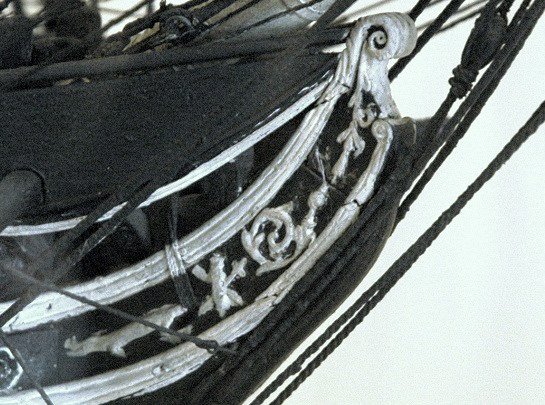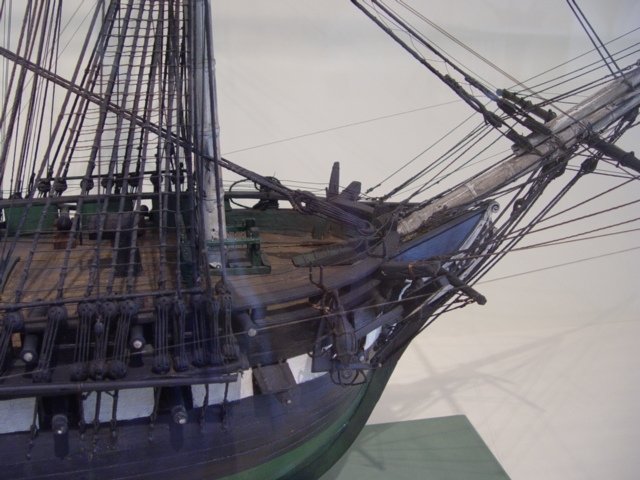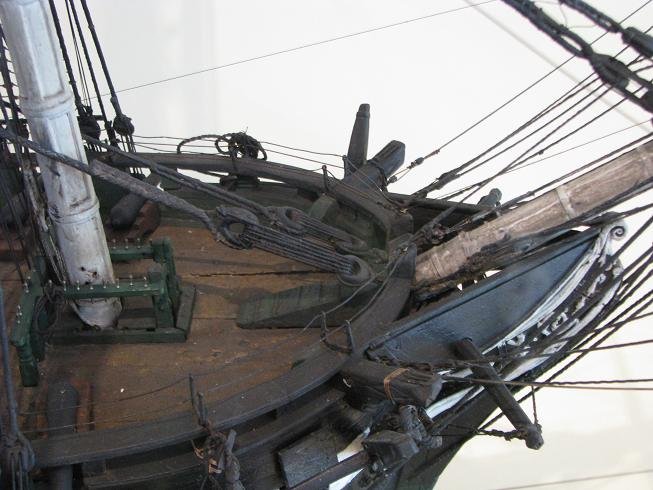-
Posts
2,522 -
Joined
-
Last visited
Content Type
Profiles
Forums
Gallery
Events
Everything posted by JSGerson
-

USS Constitution by mtbediz - 1:76
JSGerson replied to mtbediz's topic in - Build logs for subjects built 1751 - 1800
Nice pictures! Jon -
I loved the detail you put into your description and images of how and why you did what you did. This was not easy by any means, and I admire your skills to pull this off. My hat is off to you!!! Jon
- 175 replies
-
- Model Shipways
- constitution
-
(and 5 more)
Tagged with:
-

USS Constitution by mtbediz - 1:76
JSGerson replied to mtbediz's topic in - Build logs for subjects built 1751 - 1800
Not the easiest component to construct, but you did it well. BTW, don't forget to complete the hawsers on the port side. Just something I noticed in the last photo. Jon -

USS Constitution by mtbediz - 1:76
JSGerson replied to mtbediz's topic in - Build logs for subjects built 1751 - 1800
I had a simple choice for the bow bumpkin, the actual ship has it, therefore I have on my model. Whether the model is being rigged for sails or not is immaterial for me, it's there now on the real ship, so it's on my model. And, it was not difficult to install. I still haven't added the stern ones yet. Jon -
Finally, all the canopy frames (that I’m going to make) are completed. It only took me about four and a half months from figuring out how to fabricate these structures to actually creating them. They are done, not perfect, but done. The camera reveals all kinds of flaws, but after the rest of the model is done (in the near decade), those imperfections will blend in with everything else and most won’t notice them. The frameworks are only dry fit to the deck. I still need to install the ladders and rope handrails.
-

USS Constitution by mtbediz - 1:76
JSGerson replied to mtbediz's topic in - Build logs for subjects built 1751 - 1800
The problem is that nothing is straight, parallel, or square. You've got angles, curves, and foreshortening from the cameras. The best I can advice I can give you, is let you eye be your guide. Here are a bunch of images from different angles which might provide some insight. Jon -

USS Constitution by mtbediz - 1:76
JSGerson replied to mtbediz's topic in - Build logs for subjects built 1751 - 1800
Nice clean work as always. Jon -
The Constitution's seats of ease are some of the hardest images to find. That's because that area is off limits to the general public and is block from direct view by the forward bulwarks. I know this, because I tried to take photos of it 2015. But over the years, I managed to accumulate a few passable but not great images. My photo below is of the port side where the grating is covered, The images of the grating on the starboard side were taken by others. Jon
-
I write my log in Word first because the way I compose, I have to do a lot of re-writes for it to make sense, check spelling, missing words, grammar, logic, etc. Then I let it sit for a bit to ferment as I call it. I do this a few times. It is amazing how many errors pop up when I read my prose fresh. Then, when I feel somewhat satisfied, I post it. Jon
-
There are a few questions I have about the storage of those hammocks: Are the bundles identified so each sailor gets his own hammock back or do they get what they get? Don't the hammocks get wet from salt spray and rain? Who wants to use a wet hammock? Do the hammocks get washed or rinsed in the sea? These ships are not what you would call sanitary. Jon
-

USS Constitution by mtbediz - 1:76
JSGerson replied to mtbediz's topic in - Build logs for subjects built 1751 - 1800
What method are you using to the flatten the brass wire to get a consistent result ...vise, hammer & anvil, ??? Jon -
Unegawahya, that is exactly why I was contemplating adding the hammocks to my model. If the crew was on board ship, the hammocks would be stored there during the day. How I would model them remains open at this point as I have not thought that far ahead, but I've seen a variety of methods to create them. I have plenty of time to work things out. Jon
-
Hey, I'm not the holding anybody to a rule book😁! The builder is the captain of the way his ship looks. The present day ship does have the hammock stanchions and netting. What it doesn't have are the the actual hammocks bundles in the netting. I assume, they are not there for practical reasons like cost and upkeep. I am thinking about adding the bundled hammocks to my model when the time comes. My philosophy is I add nothing to my model (that I am aware of) that are for tourists (safety equipment, electric lighting, loud speakers, gun port netting, etc.) and add stuff that would be there if the tourist weren't (e.g., hammocks, gun rigging, etc.). Both you and Peter have beautiful models, just different styles. Jon
-
The 1/32" eyebolts I have from Model Expo are made from 1/32" brass wire with the eye interior opening of approximate 1/32" diameter. This translates to 2.4" interior eye diameter made from 2.4" diameter rod at full scale. So yes as Mustafa said, the smaller the belter... depending on its application. Jon
About us
Modelshipworld - Advancing Ship Modeling through Research
SSL Secured
Your security is important for us so this Website is SSL-Secured
NRG Mailing Address
Nautical Research Guild
237 South Lincoln Street
Westmont IL, 60559-1917
Model Ship World ® and the MSW logo are Registered Trademarks, and belong to the Nautical Research Guild (United States Patent and Trademark Office: No. 6,929,264 & No. 6,929,274, registered Dec. 20, 2022)
Helpful Links
About the NRG
If you enjoy building ship models that are historically accurate as well as beautiful, then The Nautical Research Guild (NRG) is just right for you.
The Guild is a non-profit educational organization whose mission is to “Advance Ship Modeling Through Research”. We provide support to our members in their efforts to raise the quality of their model ships.
The Nautical Research Guild has published our world-renowned quarterly magazine, The Nautical Research Journal, since 1955. The pages of the Journal are full of articles by accomplished ship modelers who show you how they create those exquisite details on their models, and by maritime historians who show you the correct details to build. The Journal is available in both print and digital editions. Go to the NRG web site (www.thenrg.org) to download a complimentary digital copy of the Journal. The NRG also publishes plan sets, books and compilations of back issues of the Journal and the former Ships in Scale and Model Ship Builder magazines.




